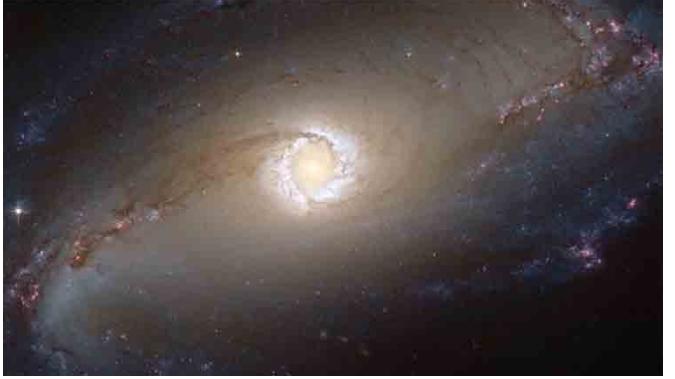New Delhi : A day after the Indian astronomers discovered one of the farthest Star galaxies in the universe estimated to be located 9.3 billion light-years away from Earth, the National Aeronautics and Space Administration (NASA) congratulated Indian astronomers on the discovery. NASA hailed the discovery as an effort that will further enable humankind`s understanding.
“NASA congratulates the researchers on their exciting discovery,” NASAs Public Affairs Officer Felicia Chou told ANI. New Delhi: A day after the Indian astronomers discovered one of the farthest Star galaxies in the universe estimated to be located 9.3 billion light-years away from Earth, the National Aeronautics and Space Administration (NASA) congratulated Indian astronomers on the discovery. NASA hailed the discovery as an effort that will further enable humankinds understanding.
NASA congratulates the researchers on their exciting discovery,” NASA`s Public Affairs Officer Felicia Chou told ANI.
Chou further added, “Science is a collaborative effort around the world, and discoveries like these help further humankind`s understanding of where we come from, where are we going, and are we alone.”
A team of astronomers led by Dr Kanak Saha from the Inter-University Centre for Astronomy and Astrophysics (IUCAA) Pune discovered the galaxy called AUDFs01. India`s first Multi-Wavelength Space Observatory called ‘AstroSat’ detected extreme-UV light from a galaxy located 9.3 billion light-years away from Earth.
India`s AstroSat/UVIT was able to achieve this unique feat because the background noise is much less than NASA’s Hubble Space Telescope.
We need to know when this started, but it has been very hard to find the earliest sources of light,” he said. India`s first Space Observatory AstroSat, was launched by the Indian Space Research Organization (ISRO) on September 28, 2015.
India’s first Space Observatory AstroSat, which has made this discovery, was launched by the Indian Space Research Organization (ISRO) on September 28, 2015. It was developed by a team led by ShyamTandon, Ex Emeritus Professor, IUCAA with the full support of ISRO

